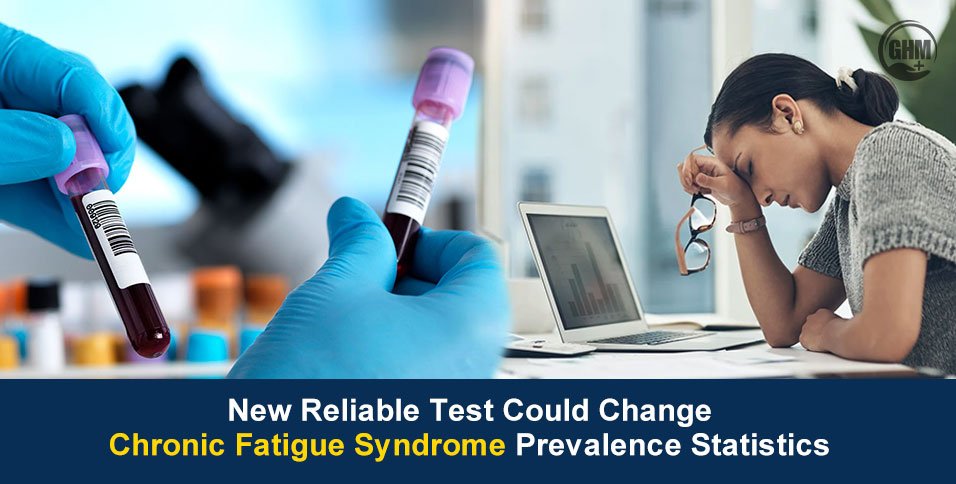The global health landscape for chronic fatigue syndrome may be on the brink of a major shift. Researchers at the University of East Anglia and the Norfolk and Norwich University Hospital have developed capable of diagnosing the condition. It identifies unique epigenetic markers in the blood with 92% sensitivity and 98% specificity.
For decades, diagnosing chronic fatigue has been a long, uncertain process. Patients often wait years for a diagnosis, undergoing multiple tests to rule out other conditions. This could offer a clear, biological confirmation of the illness, ending years of ambiguity for millions of patients.
“For the first time, we have a diagnostic test that could bring certainty to patients and clinicians,” said Prof. Karl Morten, co-author of the study.
The Global Prevalence Challenge
Accurate statistics on chronic fatigue syndrome have always been difficult to establish.
- Underdiagnosis is rampant: Many people with the condition remain undiagnosed due to a lack of clinical tests and overlapping symptoms with other illnesses.
- Current estimates: According to global health bodies, around 17–24 million people worldwide are believed to have the syndrome, but experts suspect the real number is much higher.
- Geographic disparities: Developed countries have higher reported prevalence due to better diagnosis, while developing nations likely have significant underreporting.
A reliable test can bring the “invisible population” of patients into official health statistics.
New Data Transformation
Once the blood test is widely available, the prevalence of chronic fatigue may rise sharply, not because the illness is increasing, but because more people will finally be diagnosed.
Potential impacts include:
- Updated global data: Health organisations may revise prevalence figures upward.
- Healthcare planning: Governments can allocate appropriate resources.
- Research funding: Larger patient numbers can boost research investment and clinical trials.
- Insurance & disability support: More people may qualify for medical benefits and accommodations.
Implications for Low- and Middle-Income Countries
In many regions, chronic fatigue syndrome is barely recognised in the healthcare system.
- Limited lab facilities, lack of trained specialists, and cultural stigma.
- With this blood test, standardised diagnostics could allow earlier and more accurate detection in countries like India, Brazil, and across Africa.
- Identifying the true burden could lead to better disease surveillance, policy inclusion, and international funding support.
- Early diagnosis in low-resource settings could prevent worsening symptoms, improve quality of life, and reduce economic losses.
Chronic Fatigue vs Long COVID Overlaps
The rise of long COVID has drawn fresh attention to chronic fatigue syndrome, as both share overlapping symptoms like persistent fatigue, brain fog, and pain.
- A standardised test could help differentiate between long COVID and chronic fatigue, ensuring accurate treatment paths.
- It may also help reveal how many long COVID patients actually meet CFS criteria, expanding the prevalence landscape further.
Health Economics
Healthcare systems rely on accurate prevalence data to plan services and funding.
- When chronic fatigue syndrome is undercounted, it remains underfunded and underprioritized.
A surge in recognised cases could mean:
- More specialised clinics and rehabilitation services
- Increased insurance coverage and workplace accommodations
- Targeted public health campaigns to reduce stigma
The Road to Clinical Use
Although promising, the test is not yet widely available.
Next steps include:
- Larger clinical trials
- Regulatory approvals
- Cost reduction for global use (currently estimated at £1,000 per test)
- Integration into health systems
Experts suggest that if trials go well, the test could be rolled out clinically within a few years.
Conclusion
The introduction of a reliable diagnostic blood test could mark a turning point in the history of chronic fatigue syndrome.
It is not just a scientific milestone but a tool with far-reaching public health, social, and economic implications.
By uncovering the real prevalence of the disease, it could help governments, researchers, and communities finally address it with the seriousness it deserves.


















